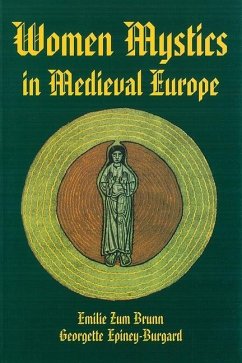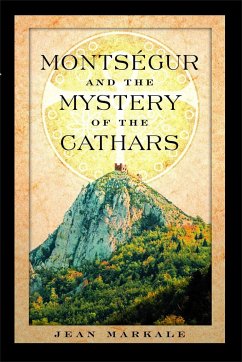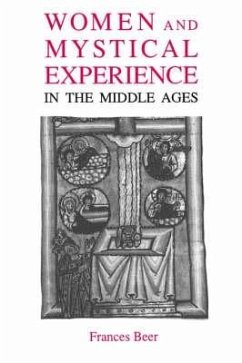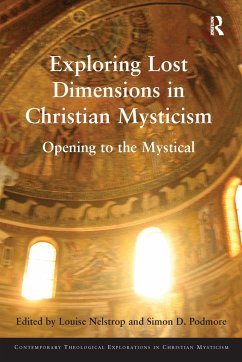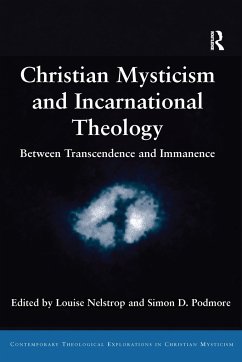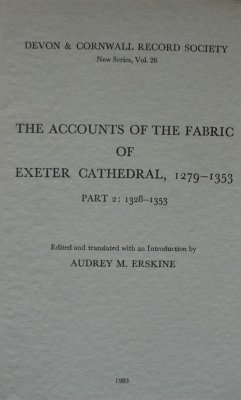Nicht lieferbar
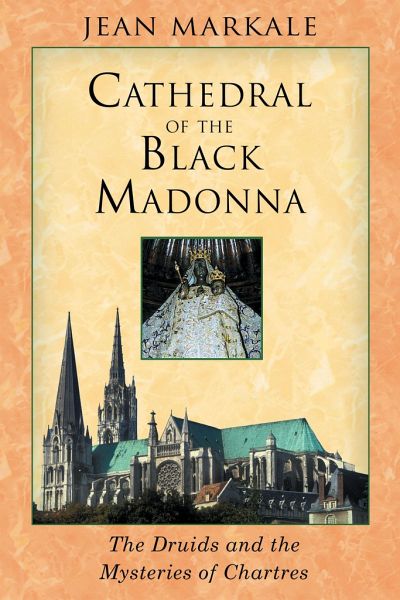
Cathedral of the Black Madonna
The Druids and the Mysteries of Chartres
Versandkostenfrei!
Nicht lieferbar
RELIGION / HISTORY The great cathedral of Chartres is renowned the world over as a masterpiece of High Gothic architecture and for its remarkable stained glass and mystical labyrinth. But the foundations of this sanctuary go back to a time long before Christianity, when this site was a clearing where Druids worshipped a virgo paritura, a virgin about to give birth. Now at this ancient meeting place, where all the Druids in Gaul gathered once a year, there stands Chartres cathedral, dedicated to the Virgin Mary, Mother of God, and home to one of the most venerated Black Madonnas in Europe: Our ...
RELIGION / HISTORY The great cathedral of Chartres is renowned the world over as a masterpiece of High Gothic architecture and for its remarkable stained glass and mystical labyrinth. But the foundations of this sanctuary go back to a time long before Christianity, when this site was a clearing where Druids worshipped a virgo paritura, a virgin about to give birth. Now at this ancient meeting place, where all the Druids in Gaul gathered once a year, there stands Chartres cathedral, dedicated to the Virgin Mary, Mother of God, and home to one of the most venerated Black Madonnas in Europe: Our Lady of the Pillar. Coincidence? Hardly, says Jean Markale, whose exhaustive examination of the site traces the appeal of the Black Madonna back to the ancient, widespread worship of mother goddesses such as Cybele and Isis. In fact, Markale contends that the mother and child depicted by the Black Madonna are not merely descendants of the Druid's spiritual image of the virgin forever giving birth, but that the statue seen in Chartres today represents a theological notion of great refinement: The Virgin gives birth ceaselessly to a world, a God, and a humanity in perpetual becoming. Poet, philosopher, historian, and storyteller JEAN MARKALE has spent a lifetime researching pre-Christian and medieval culture and spirituality. He is the author of more than forty books, including The Church of Mary Magdalene, Montsegur and the Mystery of the Cathars, The Templar Treasure at Gisors, The Druids, The Celts, Merlin, and Women of the Celts. A specialist in Celtic studies at the Sorbonne for many years, he lives in the Brittany region of France.




